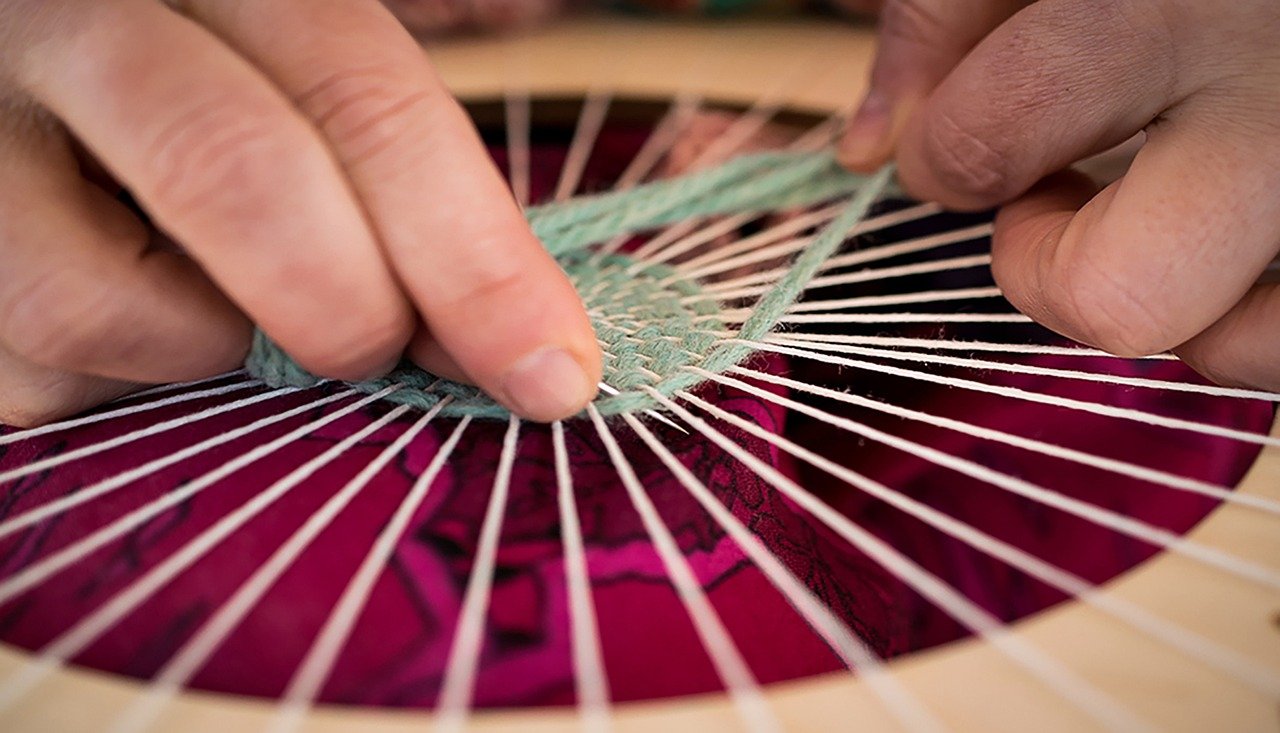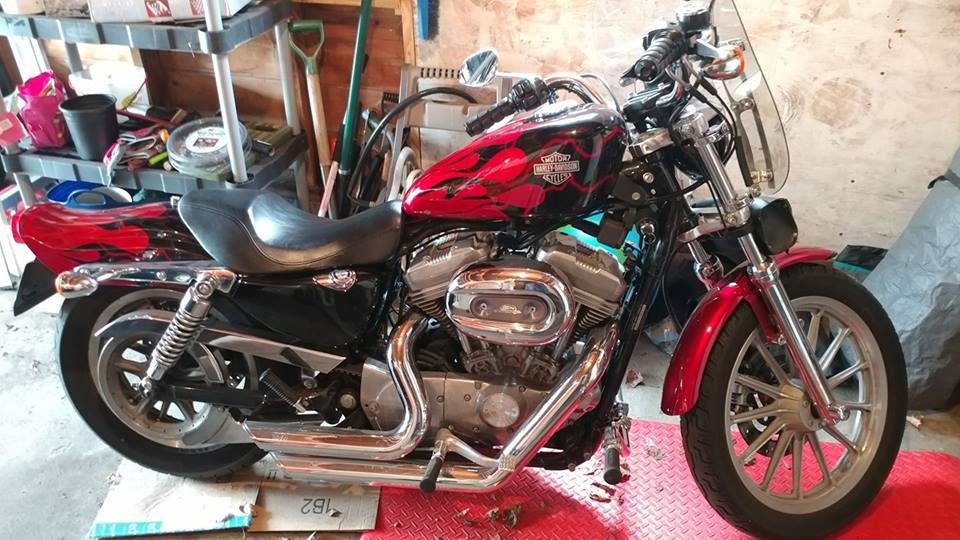My left hand was numb and weak when I was first diagnosed with multiple sclerosis. For years after that, symptoms above my waist seemed just as prevalent as those below it. Yet, there were no tests being used that measured my waist-up disability level — nothing equivalent to the Expanded Disability Severity Scale (EDSS) that neurologists have used for decades to measure the level of disability of people with MS.
The EDSS rates people on a scale of one to 10 and is heavily weighted toward the ability to do things that require using your legs. But MS isn’t only about walking.
Hands are also important
For the past four years, my neurologist has been checking my finger dexterity using the 9-Hole Peg Test. She times me as I remove nine plastic pegs from their holes and then replace them. It’s a quantifiable test that can be used to measure the impact that MS has had on my hands, just as the Timed 25-Foot Walk measures the impact MS has had on my legs.
My neurologist thinks it’s just as important as the walking test, because the ability to use your hands is as important for your quality of life as your ability to use your legs.
#ThinkHand when you think MS
A group of neurologists in England agrees with my neuro. Experts at the BARTS-MS Center in London have a project called #ThinkHand. Its goal is to encourage medical professionals and others involved with MS to pay greater attention to hand and arm function.
In an article on the MS Trust’s website, professor Gavin Giovannoni puts it this way: “When you lose the ability to walk, your hands and arms become your legs, keeping you independent and allowing you to maintain a reasonable quality of life.”
In fact, when “Professor G’s” group surveyed 360 people, 88% said hand and arm function is actually more important to them than lower limb function.
A possible tool to help the hands
Now, the BARTS-MS group is studying whether an activity they call “Under & Over” can be used to improve the upper body function of people with MS. The activity looks similar to needlepoint. A patient weaves some colored shoelaces through a plastic board full of holes, creating various designs.
BARTS-MS is looking for volunteers in the U.K. to test “Under & Over” 30 minutes a day, five days a week, for up to 12 weeks. If you’re interested in participating, you can sign up here. To qualify, you’ll need to be at least 18 years old and have an EDSS score of at least 6.0.
I’d like to see more attention paid to the upper body health of people with MS. I’ve learned to get along without being able to walk unassisted, but my quality of life would deteriorate very quickly if I lost the use of my hands and arms.
(A version of this post appeared first as my column on the MS News Today website.)
(Featured image by nicoletta zanella from Pixabay.)



